Your gut is telling you that your business department has come up with a great software idea. But how do you know if it’s a good investment?
In a previous article, we focused on the envisioning stage of a software project, in which you define your customer and the problem you plan to solve. Before-and-after exercises help you to quantify the importance of this problem and assess the potential value of your software idea to the customer.
But even if your innovative software would deliver value to customers, that doesn’t mean it’s going to generate a healthy return on investment (ROI) for your organization.
Here are three positive signs to look for before investing time and resources into a software idea:
1. You Have Customers Before You Have The Product.
Do you have customers who would be willing to pay for your innovative software – even before you build anything? If not, your software idea probably needs more work in the envisioning stage.
2. You Have A Financial Plan For Achieving ROI.
In order to make a profit, you need an estimate of how much customers would be willing to pay, and how much it would cost you to build the custom software. Many companies make the mistake of focusing on the cost to build, instead of the value it’s likely to generate. If your software idea doesn’t have a clear roadmap to ROI, it’s not ready for investment.
3. The Software Gives You A Competitive Edge.
Is your software idea distinct from competitor offerings in ways that help you to differentiate your company in the marketplace? If you’re essentially putting out a me-too product, it may limit your ability to achieve a healthy ROI.
While these three signs are no guarantee of success, a project that doesn’t have them should be treated with caution and skepticism.
Partnering To Realize Your Innovative Software Ideas
When you’re able to define and choose software projects that have a high chance of success, you may gain additional benefits by working with an external software development firm to bring your ideas to fruition.
If you’re considering working with an external development team, it’s best to begin the engagement with a very direct project – one with a high chance of success and clear, established business objectives. Look for projects that promise to have an immediate impact on your business, while avoiding those with tight deadlines. While a number of factors determine whether a project is suitable for collaboration with a partner firm, it’s best to prioritize projects you are confident your business stakeholders are excited about working on.
Once you have a promising project and an experienced team in place, you’re ready to focus on finding the simplest way to create a prototype and begin getting user feedback. While it’s easy to get excited about your software’s potential, resist the temptation to develop technology for its own sake. Remain focused on solving an important problem for your users – and achieving ROI for your company.
Originally published on the Small Footprint website.
